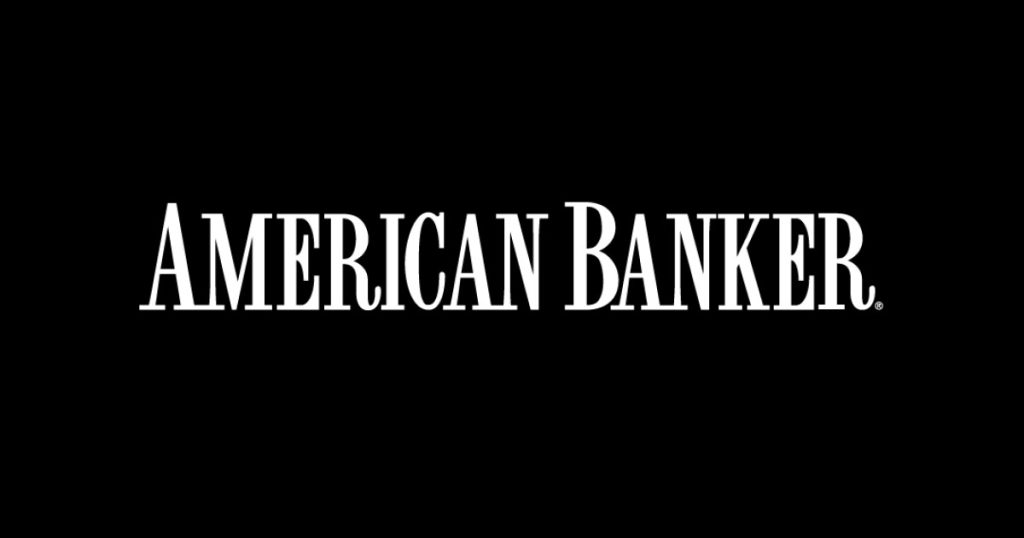The term
Just as in the arcade game
The latest “junk fees” rage is related to late fees.
But first, it’s crucial to understand that the recent interest rate hikes are not a strategy for additional profits. In a fiercely competitive landscape, banks are compelled to raise credit card interest rates and charges other than late fees to offset the capping of fees charged upon late payments. This competitive pressure also ensures that banks will not increase interest rates solely to make extra profits. For instance, if Bank A were to increase the interest rate to gain an extra return rather than offset actual incremental costs, Bank B would likely keep their lower interest rates to attract more customers, taking market share from Bank A. Competitive markets help ensure this equilibrium.
Let’s consider the late fees, specifically. These fees have a dual purpose: They deter late payments, and they compensate for the incremental cost imposed by the occurrence of a late payment. Except for instances where borrowers forget to pay on time, such incremental cost represents the increase in default risk implied by late payment. Signaling a relative inability to pay on time, paying late broadcasts heightened default risk, ultimately resulting in charge-offs — actual loss of principal and interest. In other words, late payments are harbingers of losses that the imposition of late fees must recoup. Depriving a bank from recouping such losses compels it to revert to other means of recapture through increases in interest rates charged on the loan or the imposition of other unregulated fees.
The CECL accounting standard, promulgated by the Financial Accounting Standards Board, came into effect in 2020. It offers a valuable means of measurement in this scenario. By utilizing CECL, banks can quantify the increase in the default risk. Under the CECL model, banks must provide for all losses expected over the loan’s entire life to be reflected as a cost in their income statements. Significantly, for each subsequent period, the bank must update its projections of remaining lifetime loan losses based on fresh information about the loan performance and changes in economic forecasts and adjust its loan loss provision accordingly by increasing or decreasing it.
Ponder what late payments can imply. For example, a diminished ability to pay telegraphed by late payments causes a downward revision in the forecasted cash collections of principal and interest due on a loan. The present value of such a forecasted decrease in expected cash collections constitutes the required uptick in the CECL loss provision. This uptick establishes the amount that needs to be recovered through the late fee imposed upon the late payment. The capping of late fees deprives the bank of recouping its incremental loss of principal and interest on its loans. The bank would then need to recoup the cap-caused shortfall by hiking up the interest rate or imposing other unregulated fees, such as annual or balance transfer fees.
While estimating the decrease in future cash collections upon experiencing a late payment is complex, banks can engender a reasonable estimate by analyzing detailed historical data on the incidence of diminished cash collections associated with late payments. Competitive pressures will push banks to make increasingly accurate forecasts of the cash shortfalls implied by late payments. CECL will help pave the way.
